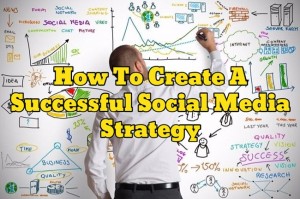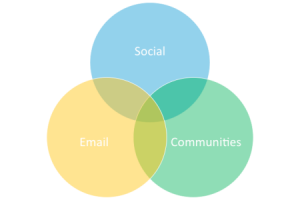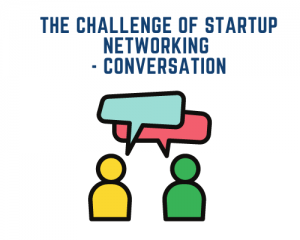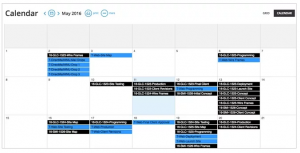As the pandemic drags on, many leaders are feeling anxious and distracted and therefore, not always responding as thoughtfully as would be optimal. So Maureen Metcalf and I spoke on her podcast Innovating Leadership, Co-Creating Our Future, about how leaders can try to manage anxieties and concerns well enough to deal with the interpersonal and structural problems that come up at work, whether these issues arise as a result of the pandemic or in the normal course.
When we’re seriously stressed for too long, we’re more likely to focus on the wrong things. We may become over-involved with our feelings about and reactions to interpersonal problems, and we might take action to try to make ourselves feel more comfortable rather than looking at the big picture. If we’re facing a structural problem, we may rely too much on what we’ve experienced in the past rather than carefully observing or researching the specific situation in front of us.
We’re more likely to be successful in the long-term if we reflect, deliberate, and experiment a bit rather than leaping toward the first solutions that come to mind. Here are some basic steps to avoid kneejerk or habit-driven decisions.
Whatever You Do, Don’t Rush
Sometimes we — or a boss or colleague — feel a great need for urgency, completion, or resolution, and we may be strongly motivated to take drastic action without considering all the possible consequences first. We all know leaders like this, who want to drive the fire engine themselves and come screaming down the street — maybe not even realizing that they’ve left the crew back in the fire station. Urgency can be a great force for forward movement, but it can also cause you to drive the truck through the garage door instead of waiting for it to open. Whether it’s you or your team, someone ends up needing to do a lot of repair and rework.
Get Grounded First
How can leaders get their own perceptions and feelings out of the way so that they can learn more about what’s really going on? One of the things I recommend to clients all the time, is to ground yourself in sense perceptions before making any decisions. I ask them to pause and feel their feet in their shoes. It’s the pause that’s important. So, wiggle your big toes, press down your heels, notice where your pinky toes fall. Notice any smells around you, too, like the remains of your lunch on your desk. Look out the window or at a picture on your wall. When you use as many of your senses as possible, you reconnect your scattered mind to your body, slow your breathing, and calm all of your autonomic systems.
Observe Your Feelings
The next step is to separate out the emotional content — not to eliminate it, but so you can adjust for it. Rather than saying “I’m anxious” or “I’m worried,” which suggests that you and your emotions are the same entity, try saying, “I’ve noticed that I’m having anxious or worried feelings.” Just that slight difference in designation can begin to foster a much greater sense of control and capability as opposed to being stuck in and swamped by those emotions. Think of it as being in the middle of a presentation, and someone keeps interjecting their questions and objections. It might not make sense to interrupt the presentation at that moment, but you acknowledge the person so they’ll stop raising their hand and trying to speak over you: “I see you have a question, Worry, and I’ll answer it when I finish making these points. Thank you.”
Break Everything Down
After you’re settled and feeling more balanced, you can deal with the mechanics of the situation in front of you: What exactly is going on? Who do you need to consult with? Are there small steps that you can take on your own? Are there large actions that you can’t take unilaterally? Your analysis will differ according to the specific circumstances, but the one thing that is always correct is to take others into account, rather than focusing only on the decision and letting any resulting disruption fall on others as collateral damage.
Experiment Your Way Forward
Once you’ve assessed the state of your own emotions and concerns, you’ll feel more tolerant and patient, so you can hear out the various players, ask incisive questions, and gather more data to bring to the table so you can see what’s going on. Now, your judgments can focus on conducting experiments or holding try-outs that will let everyone work on the situation together. Instead of taking action by fiat or decree, you can ask people to move forward and then reconvene to see how things are working.
Problem-solving through reflection and trial-and-error can be more time consuming than issuing orders that get the problem off your desk and on to someone else’s. But if we experiment our way into a strong solution, everybody will feel better about their work and their leader, and own the process and results afterward.
Business & Finance Articles on Business 2 Community(47)







